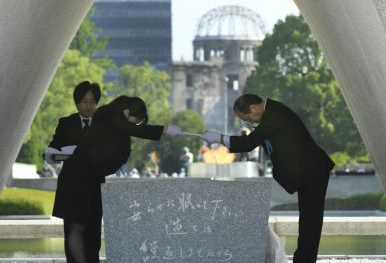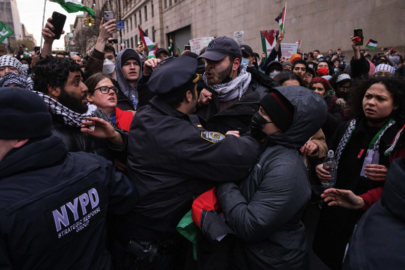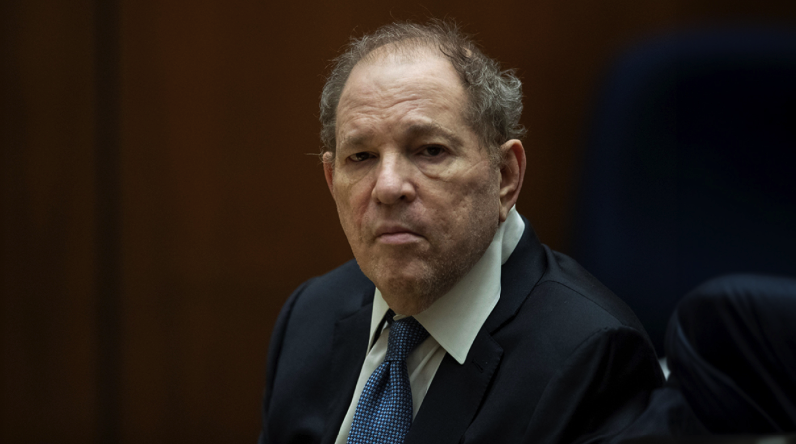Lieutenant Commander Stephen L. Johnson had a problem on his hands; a very large problem. His Balao-class submarine, the Segundo, had just picked up a large radar contact on the surface about 100 miles off Honshu, one of Japan’s home islands, heading south toward Tokyo. World War II in the Pacific had just ended, and the ensuing cease-fire was in its 14th day. The official peace documents would not be signed for several more days, on September 2, 1945, aboard the battleship USS Missouri in Tokyo Bay.
As Johnson closed on the other vessel, he realized it was a gigantic submarine, so large in fact that it first looked like a surface ship in the darkness. The Americans had nothing that size, so he realized that it had to be a Japanese submarine.
This was the first command for the lanky 29-year-old commander. He and his crew faced the largest and perhaps the most advanced submarine in the world. The Japanese I-401 was longer than a football field and had a surface displacement of 5,233 tons, more than three times the Segundo’s displacement. More troubling though was the sub’s bristling weaponry that included a 5.5-inch gun on her aft deck, three triple-barreled 25mm antiaircraft guns, a single 25mm gun mounted on the bridge, and eight large torpedo tubes in her bow.
The large sub displayed the mandatory black surrender flag, but when the Segundo edged forward, the Japanese vessel moved rapidly into the night. The movement and the continuing display of the Rising Sun flag caused concern. Johnson’s vessel pursued the craft that eventually slowed down as dawn approached. He brought his bow torpedo tubes to bear on the craft as the two vessels settled into a Mexican standoff.
Johnson and his crew had received permission by now to sink the reluctant Japanese vessel if necessary, but he realized he had a career-boosting and perhaps a technologically promising prize in his sights. Much depended on this untried American submarine captain and his wily opponent in the seas off Japan.
Little did Johnson know that the Japanese submarine was a part of the I-400 squadron, basically underwater aircraft carriers and that the I-401 carried Commander Tatsunosuke Ariizumi, developer of the top-secret subs initially designed to strike the U.S. homeland in a series of surprise attacks. Ariizumi was considered the “father of the I-400 series” and a loyal follower of the emperor with years of experience in the Japanese Navy, so surrender was a disgrace he could not endure.
Read more: The National Interest



































